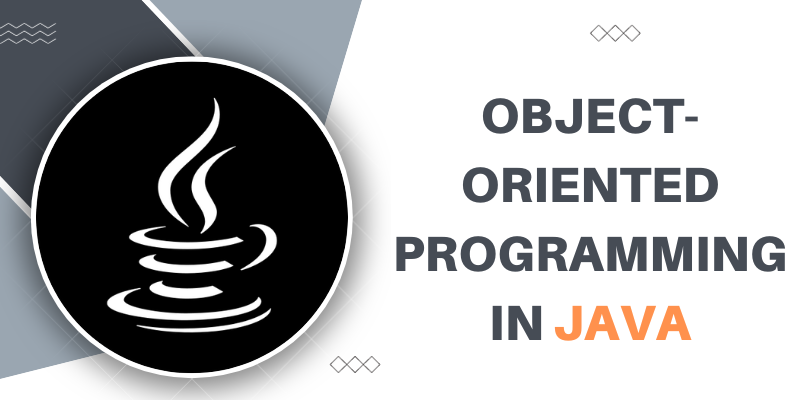Object-Oriented Programming (OOP) is a powerful paradigm revolutionizing software development. In the realm of programming languages, Java stands out as one of the most widely used and versatile languages that fully embraces the principles of OOP. Understanding how Object-Oriented Programming works in Java is fundamental for developers striving to write efficient and maintainable code. In this blog post, we’ll delve into How Does Object-Oriented Programming Work in Java. To know more about Java, You can join the Java Course in Coimbatore and build a robust skill set working with the most powerful tools and technologies to boost your skills.
The Pillars of Object-Oriented Programming
Object-oriented programming in Java is built upon four pillars: Encapsulation, Inheritance, Polymorphism, and Abstraction. Each pillar plays a crucial role in shaping the structure and functionality of Java programs.
Encapsulation
Encapsulation involves bundling the data (attributes) and the methods (functions) that operate on the data into a single unit known as a class. Java achieves encapsulation through access modifiers like public, private, and protected, allowing developers to control the visibility and access of class members.
Inheritance
Inheritance is a tool that allows a class (subclass or derived class) to inherit properties and behaviours from another class (superclass or base class). This promotes code reusability and establishes a relationship between classes, facilitating the creation of a hierarchy of classes. Enrolling in the Java Course in Madurai will help you enhance your programming skills.
Polymorphism
Polymorphism enables objects to be treated as instances of their parent class, allowing a single interface to represent various types. In Java, polymorphism is realized through method overriding and interfaces, allowing for flexibility and adaptability in code design.
Abstraction
Abstraction involves simplifying complex systems by modelling classes based on their essential features while hiding unnecessary details. In Java, abstraction is achieved through abstract classes and interfaces, providing a blueprint for concrete classes to implement.
Classes and Objects in Java
At the core of Object-Oriented Programming in Java are classes and objects. A class is a blueprint or template for creating objects and defining their attributes and behaviours. Objects are instances of classes embodying the properties and actions specified in the class. Understanding the relationship between classes and objects is essential for effective Java programming. Enroll in the Java Training in Hyderabad to delve deeper into the Java Programming Language.
In Java, the process of creating an object involves instantiation. The ‘new’ keyword allocates memory for an object, and constructors initialize the object’s state. Methods defined in a class can then be invoked on the object, allowing for the execution of specific actions.
Java’s Implementation of Interfaces
In Java, interfaces allow for multiple inheritances, allowing a class to implement numerous interfaces. An interface declares a set of methods that every class implementing the interface must implement. This feature improves code flexibility and extension by allowing for the creation of different and modular code structures.
Object-oriented programming in Java is a robust and versatile paradigm that leverages fundamental principles like encapsulation, inheritance, polymorphism, and abstraction. Understanding how classes and objects interact and how interfaces contribute to code modularity is crucial for Java developers aiming to build scalable and maintainable software. As you embark on your Java programming journey, grasp the foundations of OOP and unlock the full potential of this powerful language. Enrolling in the Java Course in Pondicherry is designed to equip students and experts with the knowledge and skills needed to excel in Java programming.












